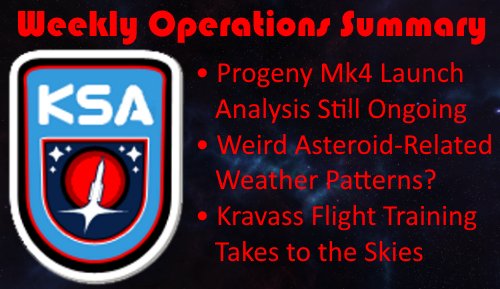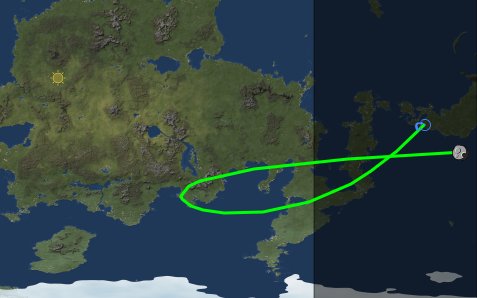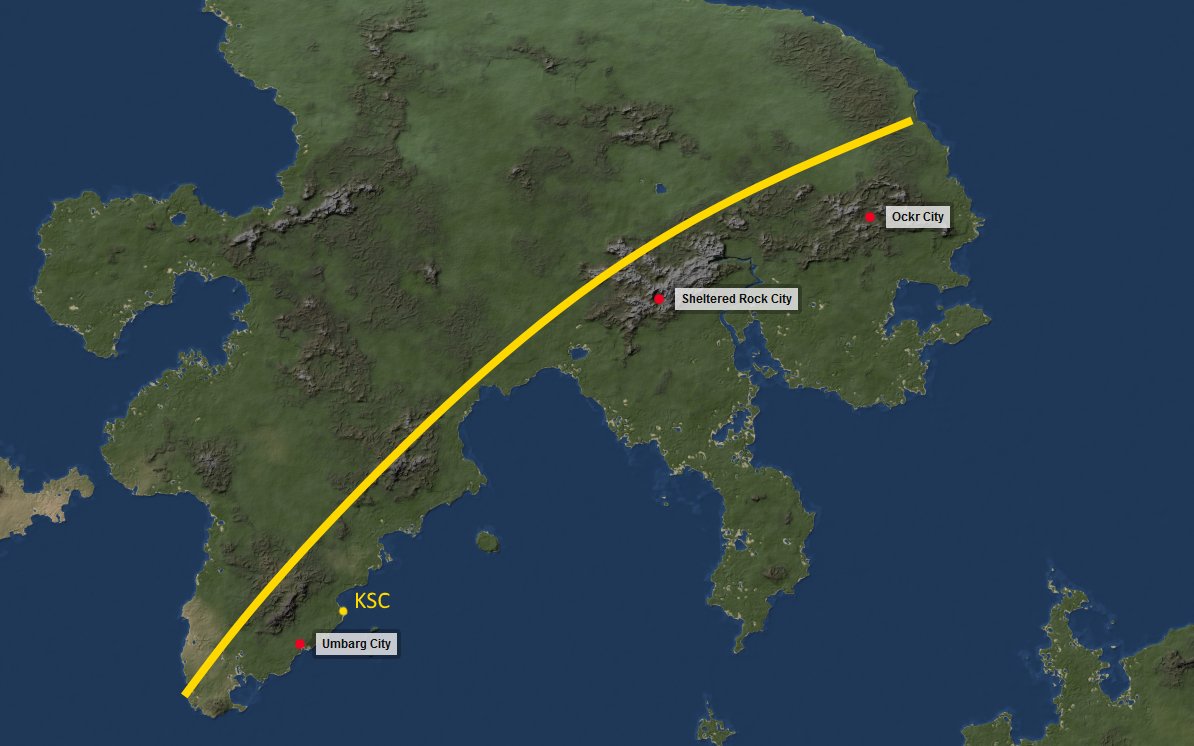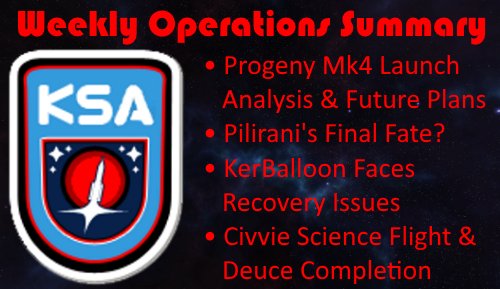Discovered by the Asteroid Tracking Network while still in orbit around the sun, the asteroid was first predicted to make an extremely low pass through Kerbin’s atmosphere just 10km above the surface. Once it entered our SOI 3 days before the event, revised observations showed it would be passing almost 17km over land, which was still within a thick portion of the atmosphere. Scientists set up seismic detectors and microphones along the entry corridor to pickup any impacts or mid-air explosions. All that was recorded was the pressure wave and sonic booms as the asteroid made it through intact, aerobraking into a capture orbit around Kerbin. It was re-discovered later the following day. The following timeline chronicles its journey. Clicking on the bookmark icon will save your spot so you can return at any time to pick up where you left off.

































































































